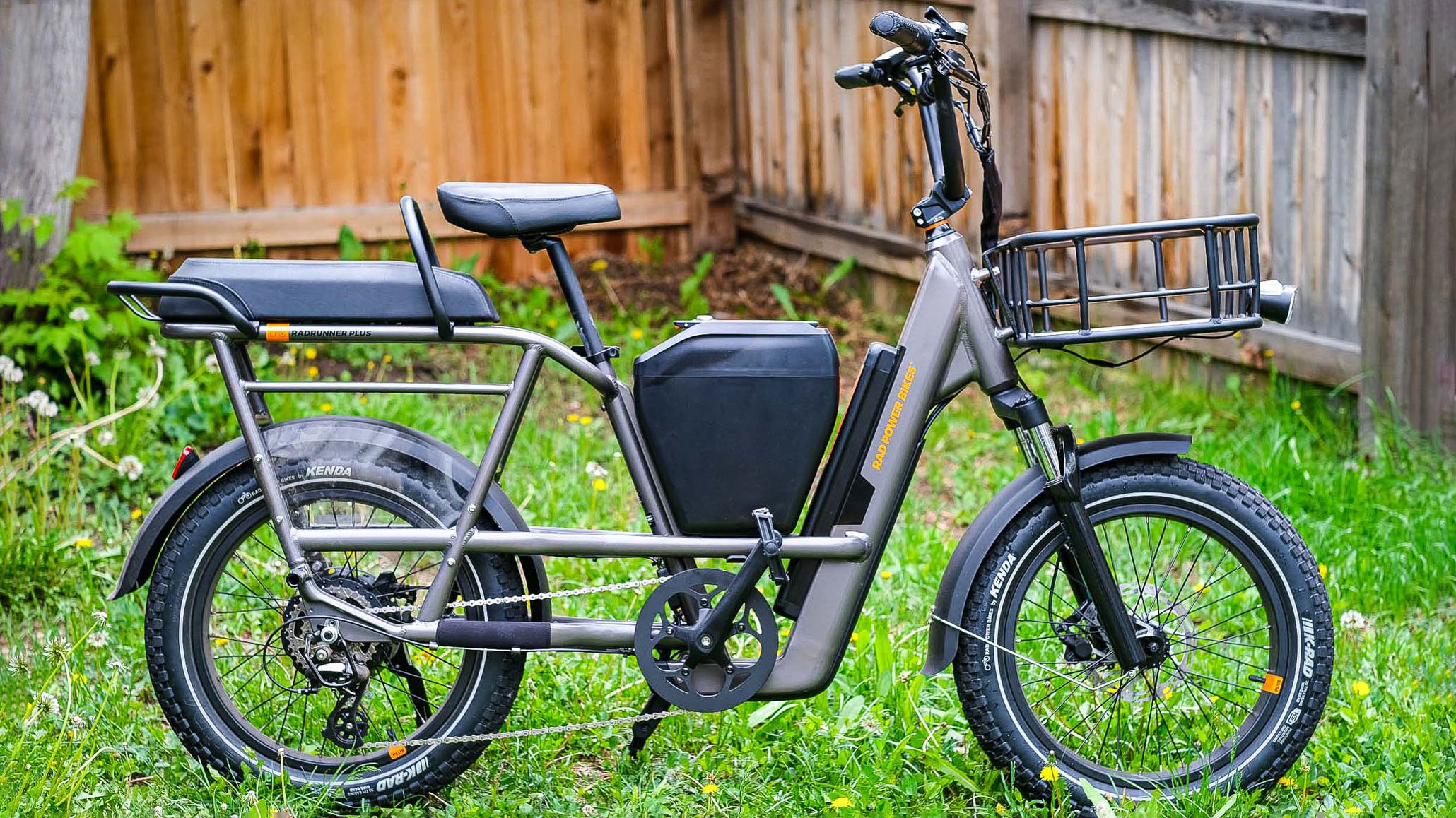
The construction world is talaria electric bike undergoing a quiet but impactful transformation, thanks to the adoption of electric bikes. Once a curiosity on the streets of metropolitan cities, these battery-powered bicycles are now appearing across construction job sites, used by general contractors, foremen, and even inspectors. From large-scale infrastructure developments in Texas to residential builds in Oregon, e-bikes are becoming a key tool for increasing productivity and mobility on the job.
Contractors often face the challenge of navigating large, cluttered, or partially developed workspaces. Walking long distances across a construction site is not only time-consuming but physically demanding. While pickup trucks or ATVs are sometimes used, they can be disruptive, require fuel, and add to emissions — especially undesirable in urban or regulated environments. Electric bikes provide a middle ground: swift movement with minimal impact.
According to recent figures from the U.S. Bureau of Labor Statistics, the construction sector added over 263,000 new jobs in 2023 alone. As projects grow in scale, efficiency becomes paramount. In high-value projects such as highway expansions or commercial buildings, small operational improvements — like using e-bikes — can yield major benefits. Site supervisors using electric bikes reported covering 2–3 times more ground daily compared to walking, with much less fatigue and faster decision-making.
Construction companies are also leveraging e-bikes for logistical tasks. Lightweight cargo e-bikes are ideal for moving tools, blueprints, and supplies across large worksites. This is particularly valuable on multi-story developments where elevators may not yet be installed or where quick vertical mobility is needed. In cities like Chicago and Boston, building contractors have even equipped their e-bikes with panniers or baskets to create mobile toolkits.
Safety regulations in the U.S. construction industry, enforced by OSHA, continue to evolve. Electric bikes contribute positively to safety by reducing worker exposure to slip-and-fall risks, especially on uneven terrain. While e-bike operators still require caution and helmets, incidents related to foot fatigue, twisted ankles, and other strain-related injuries are notably reduced.
Furthermore, sustainability is a growing priority among developers. Projects pursuing green certifications or government incentives often need to show reduced carbon footprints. E-bikes, with their low energy consumption and lack of direct emissions, are ideal for contributing to these environmental benchmarks. In states like California, where sustainability mandates are particularly stringent, contractors report that using electric bikes has helped them secure environmental compliance credits.
A unique application of e-bikes has also emerged in remote or off-grid job sites. Solar-powered charging stations allow teams to maintain their bikes’ battery levels without relying on generators or grid power. In desert or mountainous regions where traditional vehicle access is limited, this innovation offers contractors reliable mobility.
In conclusion, electric bikes are no longer just a mode of personal transport — they are an operational advantage for American construction firms. As industry professionals seek ways to streamline workflows, enhance safety, and reduce emissions, e-bikes offer a low-cost, high-efficiency solution. Their growing popularity is proof that innovation often comes on two wheels.